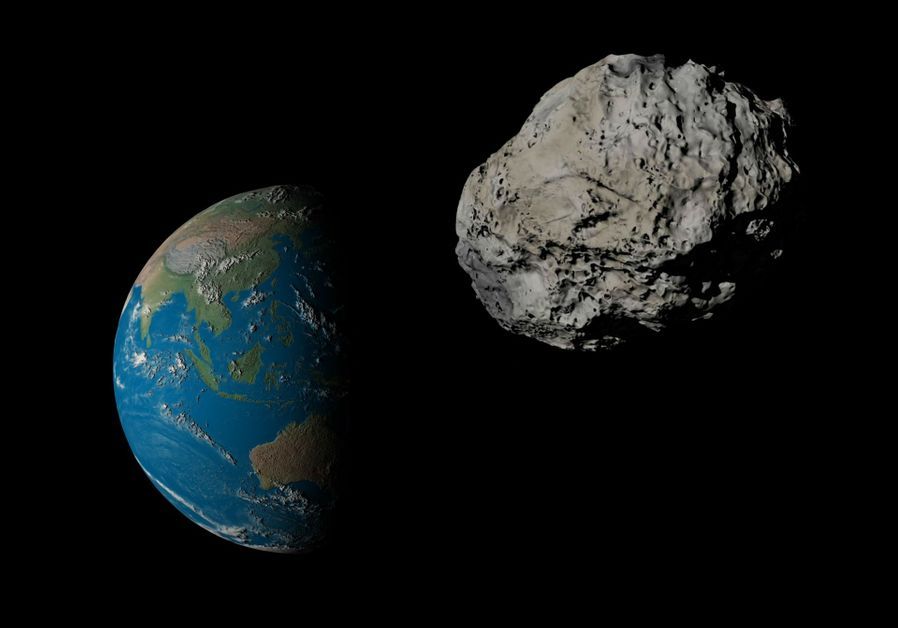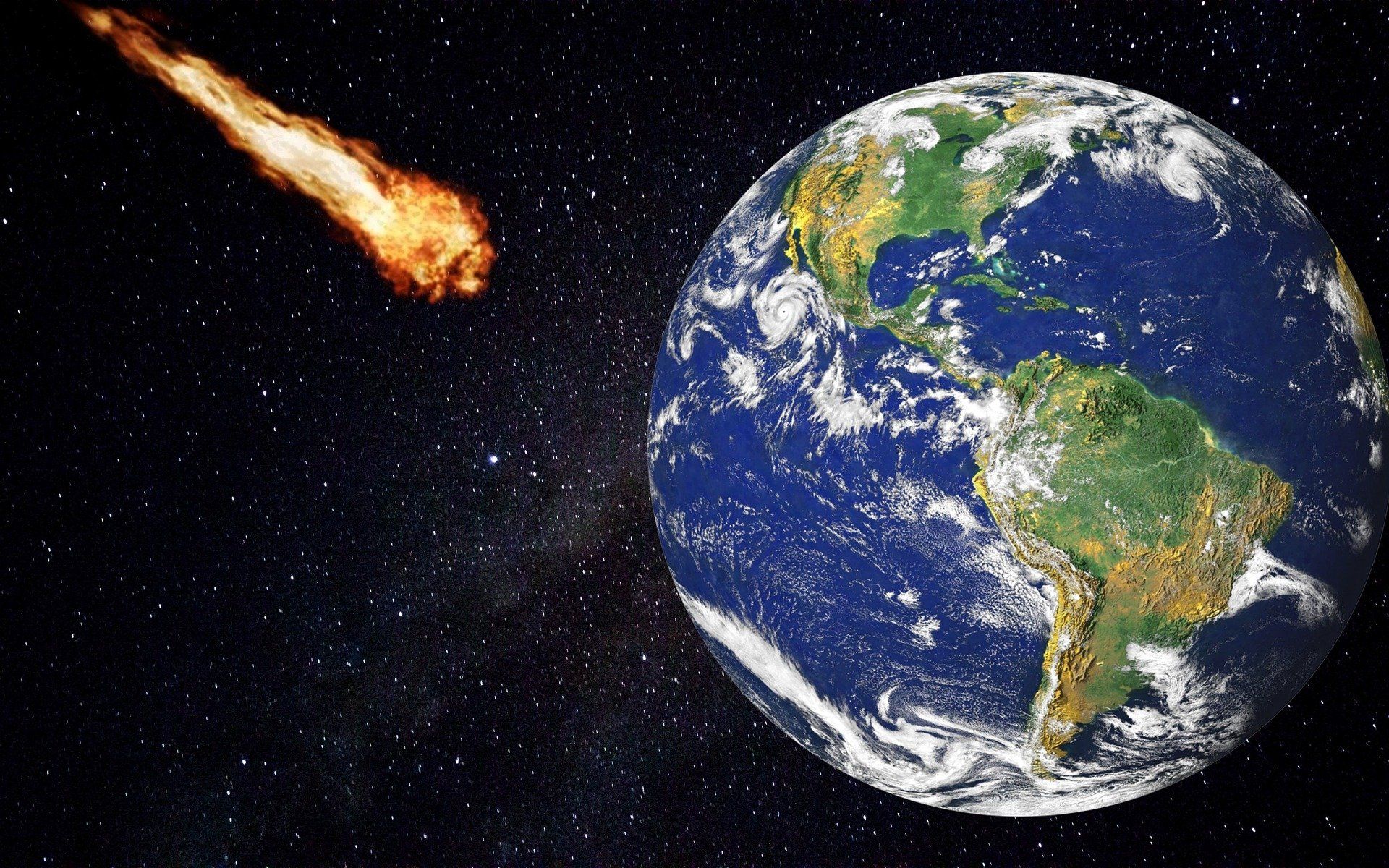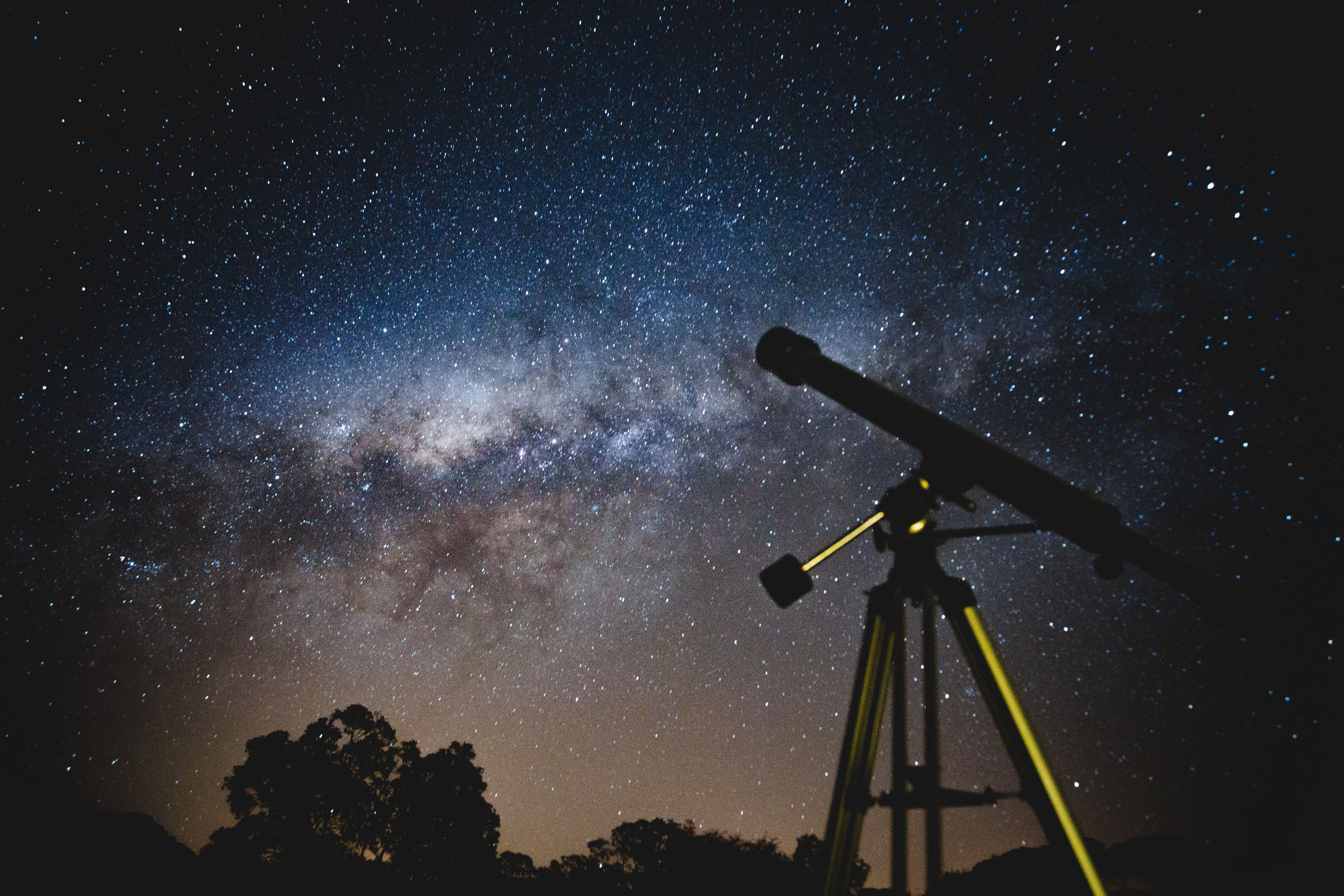<p>A massive <a href="/category/general/asteroid">asteroid</a> is making its way toward Earth and will swing by for a close but perfectly safe approach on March 21, NASA’s <a target="_blank" rel="noopener noreferrer" href="https://www.jpl.nasa.gov/news/asteroid-2001-fo32-will-safely-pass-by-earth-march-21">Jet Propulsion Laboratory</a> (JPL) announced yesterday (March 11) in a statement. </p><p>The <a target="_blank" rel="noopener noreferrer" href="https://www.inquisitr.com/5868940/massive-asteroid-earth-approach/">giant space rock</a> is known as 2001 FO32 and will whizz past us at a whopping 77,000 mph, coming within a safe distance of about 1.25 million miles from the planet’s surface. To put that into perspective, that’s 5.25 times the distance to the moon.</p><p>While NASA stresses that the upcoming flyby won’t pose any threat to Earth and its inhabitants, the asteroid will swoop by close enough for astronomers to study it in detail. Stargazers with a decent telescope at their disposal will also be able to make their own observations of the cosmic interloper.</p><p>Read through to find out how you can see it!</p>
Largest Asteroid Flyby Of The Year

<p>Asteroid 2001 FO32 has been deemed by the JPL the largest space rock to visit planet Earth in 2021. The formidable space rock is estimated to measure anywhere between 1,300 to 2,230 feet in diameter. </p><p>At the upper end of that size estimate, the object is 1.35 times larger than the <a target="_blank" rel="noopener noreferrer" href="https://www.nasa.gov/feature/goddard/2021/osiris-rex-to-fly-a-farewell-tour-of-bennu">famous asteroid Bennu</a>, which is currently being studied by NASA’s first asteroid-sampling mission, OSIRIS-REx.</p><p>Even at the lower end of NASA’s estimate, the colossal space rock is still considered to be as large as the Empire State Building, spire included.</p><p>As the JPL pointed out, the March 21 encounter will be the largest asteroid flyby of Earth since April 29, 2020, when a 1.5-mile-wide behemoth flew 3.9 million miles from our planet.</p>
March 21 Will Be Its Closest-Ever Approach To Earth

<p>According to NASA’s <a target="_blank" rel="noopener noreferrer" href="https://cneos.jpl.nasa.gov/ca/">Center for Near-Earth Object Studies</a> (CNEOS), 2001 FO32 will approach Earth at 11:03 a.m. next Sunday. This is the closest that the asteroid has come to our planet — and the closest it’s going to get.</p><p>The asteroid circles the sun once every 810 days or 2.22 years, frequently popping up through our neck of the cosmic woods. The last time it zoomed past Earth was on March 28, 2001, when it was first discovered, buzzing our homeworld from 15.34 million miles away.</p><p>“We know the orbital path of 2001 FO32 around the Sun very accurately, since it was discovered 20 years ago and has been tracked ever since,” CNEOS director Paul Chodas said in the statement. </p><blockquote><p>“There is no chance the asteroid will get any closer to Earth than 1.25 million miles.”</p></blockquote><p> </p><p> </p><p> </p>
Faster Than Most Asteroids

<p>A <a target="_blank" rel="noopener noreferrer" href="https://ssd.jpl.nasa.gov/sbdb.cgi?sstr=231937;orb=0;cov=0;log=0;cad=1#cad">previous report</a> from the JPL classified 2001 FO32 as an <a target="_blank" rel="noopener noreferrer" href="https://www.inquisitr.com/5726496/asteroid-earth-moon-approach/">Apollo-type asteroid</a>. This means that the object has the potential to not only approach our planet but also cross Earth’s orbit. As such, Apollo asteroids are dubbed "Earth-crossing."</p><p>Given its gargantuan size and close proximity to our planet, it has been designated as a “potentially hazardous asteroid” (PHA). To clarify, this doesn’t mean that 2001 FO32 will slam into Earth. The designation is given to all space rocks that measure at least 460 feet in diameter and follow an orbital path that brings them within 4.66 million miles of Earth’s orbit. </p><p>While numerous space rocks visit Earth with regularity, this one is traveling at a much greater speed than most. As the JPL explained, the rock owes its extraordinary speed to its elongated and highly inclined orbit around the sun, tilted 39 degrees to Earth’s orbital plane.</p><blockquote><p>"As 2001 FO32 makes its inner solar system journey, the asteroid picks up speed like a skateboarder rolling down a halfpipe, and then slows after being flung back out into deep space and swinging back toward the Sun."</p></blockquote>
How To See It

<p>The impending close encounter will give professional astronomers the opportunity to gauge the asteroid’s size, brightness, and chemical composition. Scientists are planning to point NASA’s Infrared Telescope Facility (IRTF) in Hawaii at the rock and glean its mineral makeup by analyzing the spectrum of light reflected off of its surface. </p><p>Meanwhile, amateur astronomers will be able to spy the swift and hefty space rock so long as they have access to "moderate size telescopes with apertures of at least 8 inches," said Chodas.</p><p>The asteroid will be visible to observers "in the southern hemisphere and at low northern latitudes" in the nights ahead of the fly, Chodas pointed out. </p><blockquote><p>"They will probably need star charts to find it.”</p></blockquote><p>The next chance to see the remarkable asteroid will be during its close approach in 2052 when it’s set to pass some 1.75 million miles from Earth. Although the asteroid’s next flyby will take place in 2032, that trip will only bring 2001 FO32 as close as 39 million miles. </p><figure class="media"><oembed url="https://www.youtube.com/watch?v=kQqNbrngh6I&ab_channel=KenRamsley"></oembed></figure><p> </p>











